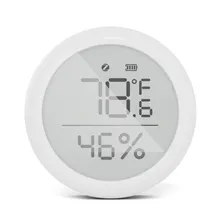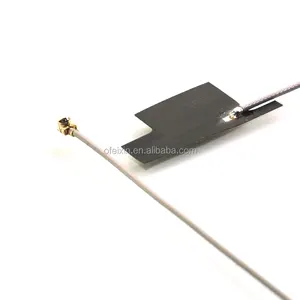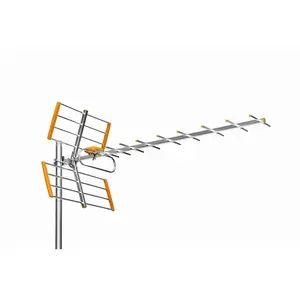Understanding UHF Antennas
UHF antennas, categorized under the broader spectrum of radio frequency components, are pivotal in modern communication systems. The term antena uhf refers to the Ultra High Frequency band of the electromagnetic spectrum, typically ranging from 300 MHz to 3 GHz. Utilized in various applications, these antennas are integral to the transmission and reception of signals in numerous devices.
Types and Applications
The versatility of UHF antennas is evident in their wide range of types, each designed to meet specific operational requirements. From the compact designs for personal devices to larger structures for broadcast transmission, the application of these antennas spans across television broadcasting, mobile phones, satellite communication, GPS systems, and wireless networking technologies like Wi-Fi and Bluetooth.
Features and Materials
When selecting a UHF antenna, the build and material composition are critical factors. These antennas are often made from robust materials such as aluminum or stainless steel, offering durability and resistance to environmental factors. The design may include elements like Yagi arrays or parabolic reflectors, tailored to enhance signal gain and directivity for efficient communication.
Advantages of UHF Antennas
The primary advantage of UHF antenna systems lies in their high-frequency operation, which allows for compact antenna sizes and shorter wavelengths. This results in better bandwidth and improved capacity for carrying high-definition signals, making them suitable for dense urban environments where space and signal penetration are key considerations.
Selection Criteria
Choosing the right UHF Satcom antenna involves considering factors such as frequency range, gain, VSWR, and polarization. It's essential to match the antenna specifications with the intended use to ensure optimal performance. Whether for professional broadcast setups or for enhancing communication in remote-controlled devices, the selection is vast on Alibaba.com.
Integration and Compatibility
Integrating a UHF VHF antenna into an existing system requires attention to compatibility with other components. The antenna's impedance must align with the transceiver to prevent signal loss. Additionally, the polarization and radiation pattern should be appropriate for the application, whether it's for fixed installation or mobile use.










































 浙公网安备 33010002000092号
浙公网安备 33010002000092号 浙B2-20120091-4
浙B2-20120091-4